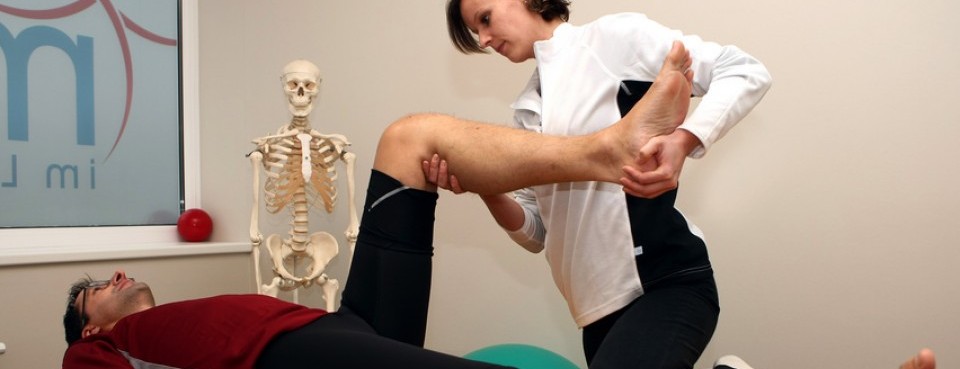Physical therapy is a specialty health care including the evaluations and treatment of others with limitations in their mobility. These limitations caused from accidents, falls, disabilities, and any other physical activity that is causing a person much pain. Physical therapy can help you heal from any of the above or other medical problems.
If the injury or illness results in a physical impairment or functions than many doctors will send patients to see a physical therapist. Physical therapy is not to hurt you but to help you heal and be able to use any extremities that may need soft exercises, massages, cold compressions and or heat. Whichever is best for the patient is what is important to the doctors and physical therapists.
A physical therapist is someone who has been through extensive training and is professional licensed individuals. The therapists required by law to have a master’s degree from an accredited college. Something important to know is that a physical therapist by themselves cannot diminish symptoms. Surprisingly, when therapists are working with you they treat patients not pain. Physical therapy is only successful if the therapists and patients work together. That is all the therapist can do. This is to help with stiffness or rehabilitation but does not rid you from pain.
Some other things you should know are that when the physical therapist tells patients that they are massaging a muscle and will feel like a relaxing massage, wrong. The performed therapy of massage is to decrease tightness. This will not be as relaxing as they are on a specific inflamed muscle to massage and this is not going to feel good as they may say. It is different from patient to patient but letting patients know the truth will be much better than telling them it is relaxing while massaging that inflamed muscle.
Do not mistake some of the unknown information that is said to patients be scary, as the physical therapists do not intentionally try to hurt the patients. The saying that many patients and non-patients hear is No pain No gain is not true. For example, if the patient has a shoulder that is not moving then the physical therapist will not send the patient home with work to do in between appointment with the no pain saying. The mobility is important and if a patient cannot have full mobility then certainly there is no practice told to do pull-ups to fulfill the No Pain No Gain.
imagecredit: © Fotoimpressionen – Fotolia.com

